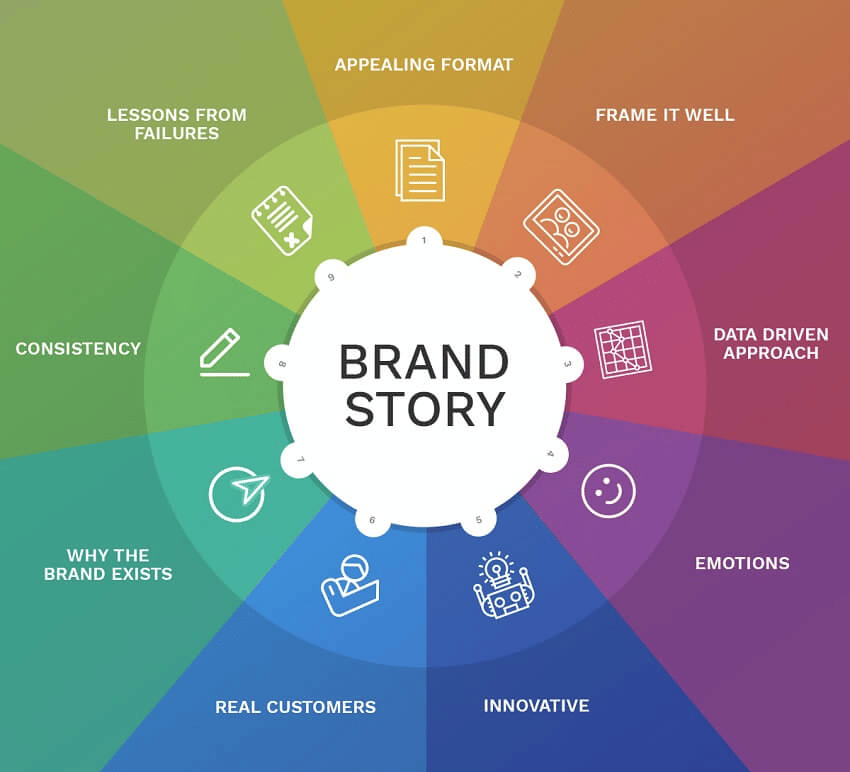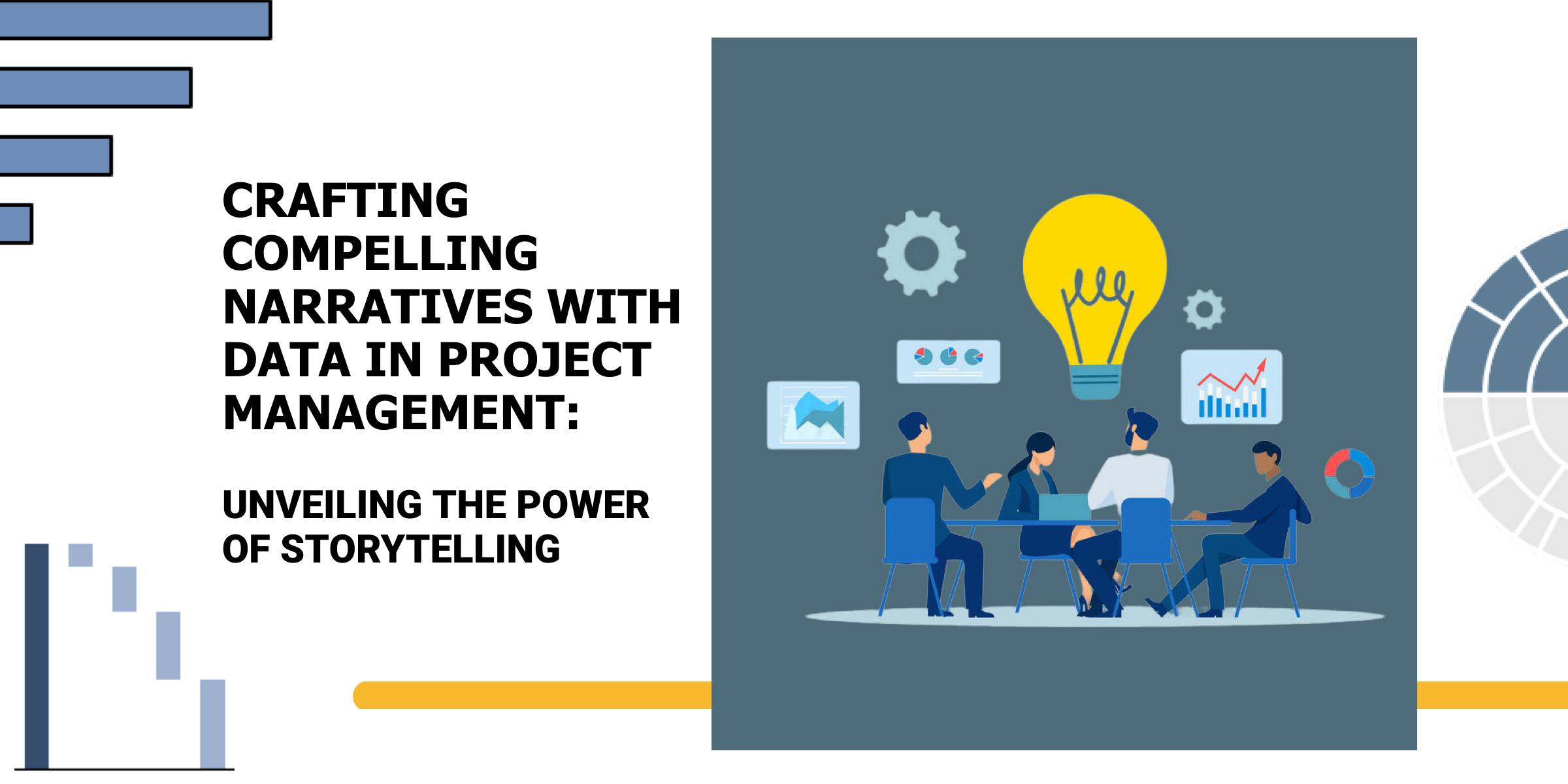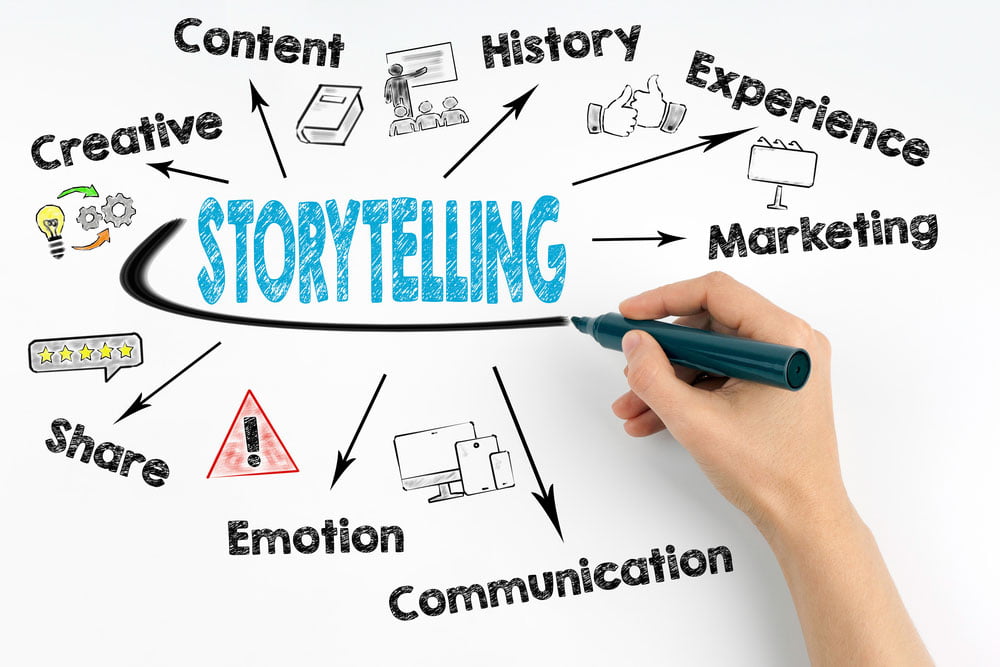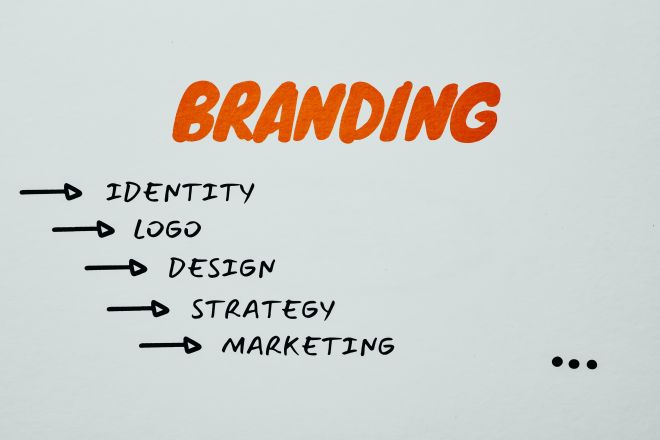Unlocking the Power of "Why": Crafting Compelling Product & Service Narratives

As an architect and interior design expert, I’ve spent years crafting spaces that resonate with people. But beyond the physical, I’ve also learned the art of weaving narratives that connect with customers on an emotional level. That’s the key to truly understanding the "why" behind a purchase – and it’s a skill you can master, too.
Let’s dive into how to highlight the features and benefits of your product or service, turning them into compelling narratives that resonate with your ideal customer.

1. Know Your Customer: The Foundation of Every Great Narrative
Before we talk about features and benefits, we need to understand who we’re talking to. This isn’t about demographics alone, but about truly understanding your ideal customer’s:
- Needs and Desires: What problems are they trying to solve? What aspirations do they have? What are their daily struggles?
- Values and Beliefs: What do they prioritize in their lives? What makes them tick? What are their ethical considerations?
- Lifestyle and Habits: How do they spend their time? What are their routines? What kind of environment do they thrive in?


Imagine you’re designing a home. You wouldn’t just throw together random furniture – you’d tailor the design to the specific needs and desires of the family living there. The same principle applies to your product or service.

2. Unveiling the "Why" Behind the "What": Translating Features into Benefits
Once you know your customer, you can start translating features into benefits. Think of it like this:

- Feature: The raw material, the building block. It’s what your product or service is.
- Benefit: The impact, the outcome, the value. It’s what your product or service does for the customer.


Example:

- Feature: A high-quality, durable, and waterproof fabric for a backpack.
- Benefit: Peace of mind knowing your belongings are protected from the elements, allowing you to confidently navigate any adventure.

Here’s how to craft compelling benefits:
- Focus on the "So What?": Don’t just list features; explain why they matter. Connect them to the customer’s needs and desires.
- Use Action Verbs: Make the benefits tangible and relatable. Instead of "durable," say "withstands the rigors of everyday use."
- Quantify When Possible: Numbers and data can add weight to your claims. "Reduces energy consumption by 20%" is more impactful than "energy efficient."
- Highlight Emotional Benefits: Appeal to the customer’s feelings. "Experience the joy of effortless cooking" is more compelling than "easy-to-use kitchen appliances."



3. Building a Story: The Art of Storytelling in Marketing
Now that you have compelling benefits, it’s time to weave them into a narrative. Storytelling is a powerful tool that connects with customers on an emotional level.
Here are some storytelling techniques:
- The "Before and After" Story: Show the customer their life before using your product or service, then highlight the positive transformation it brings.
- The "Hero’s Journey": Position your product or service as a tool that helps the customer overcome challenges and achieve their goals.
- The "Testimonial": Share real-life stories from satisfied customers to build trust and credibility.
- The "Problem-Solution-Benefit" Formula: Clearly define the problem your product or service solves, explain how it works, and emphasize the positive outcomes.
4. Beyond the Words: Visuals and Experiences
Visuals are essential for creating a memorable experience. Use high-quality images, videos, and even interactive elements to bring your story to life. Think about:
- High-Quality Photography: Showcase your product or service in a visually appealing way.
- Compelling Videos: Tell your story through moving images and sound.
- Interactive Experiences: Engage the customer with quizzes, demos, or virtual tours.
5. Tailoring Your Message for Different Channels
The way you communicate your message will vary depending on the platform. Consider:
- Website: Use clear and concise language, high-quality visuals, and calls to action.
- Social Media: Engage with your audience, share relevant content, and run targeted ads.
- Email Marketing: Personalize your messages and offer valuable content.
- Print Materials: Focus on visual impact and concise messaging.
Examples: Applying the Principles to Different Products
Let’s see how these principles can be applied to different products and services:
Product: A Smart Home Security System
- Ideal Customer: A busy professional concerned about home safety and convenience.
- Features: Motion sensors, 24/7 monitoring, remote access, smart integration.
- Benefits: Peace of mind knowing your home is protected, even when you’re away. Convenience of managing your security system from your phone. Increased home value with smart technology.
- Story: "Imagine leaving for work without a worry, knowing your home is safe and secure. Our smart home security system gives you peace of mind, allowing you to focus on what matters most."
Service: A Personal Chef Service
- Ideal Customer: Busy families who value quality time together but struggle with meal planning and preparation.
- Features: Custom menus, fresh ingredients, convenient delivery, chef-prepared meals.
- Benefits: Enjoy delicious and healthy meals without the hassle of cooking. Spend more quality time with your family. Discover new culinary experiences.
- Story: "Tired of the same old dinner routine? Our personal chef service takes the stress out of meal planning, so you can focus on what matters most – spending quality time with your loved ones."
Product: A Sustainable Clothing Brand
- Ideal Customer: Eco-conscious consumers who value ethical and sustainable practices.
- Features: Organic materials, recycled fabrics, fair labor practices, minimal packaging.
- Benefits: Reduce your environmental impact with sustainable clothing choices. Support ethical and responsible businesses. Look good and feel good about your fashion choices.
- Story: "Make a difference with every purchase. Our sustainable clothing brand is committed to ethical production and environmental responsibility. Look good and feel good about your impact on the world."
Remember: The key to crafting compelling product and service narratives is to understand your customer’s needs, translate features into benefits, and tell a story that resonates with them on an emotional level. By mastering these principles, you can unlock the power of "why" and drive informed purchasing decisions.

